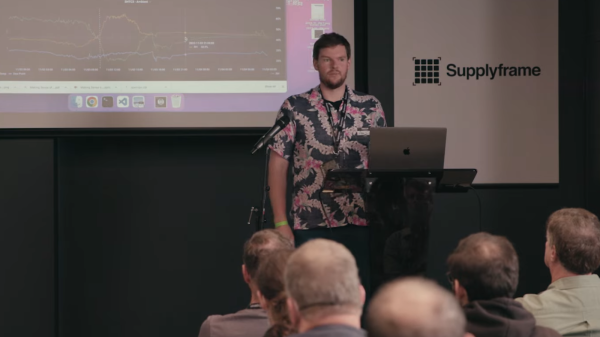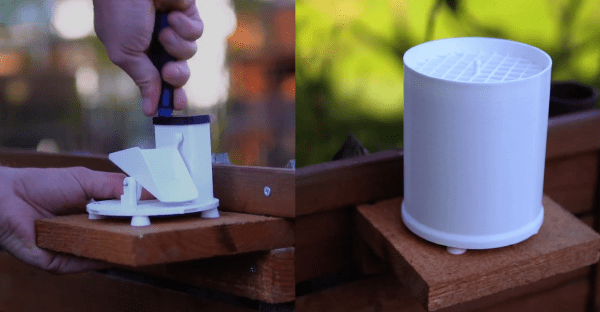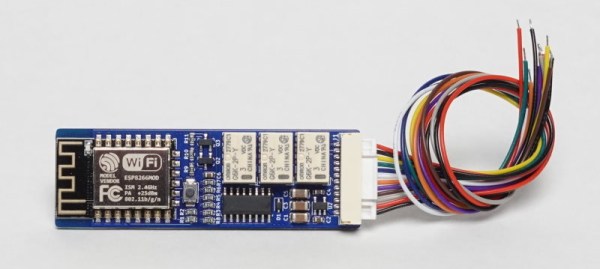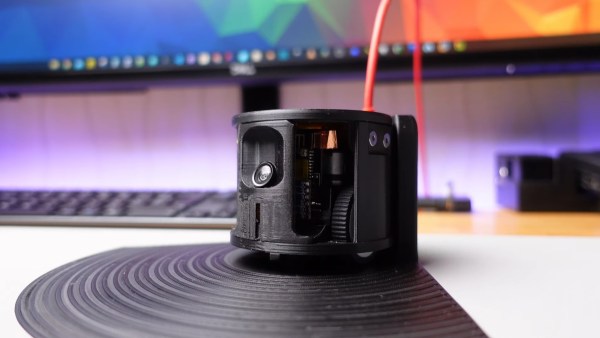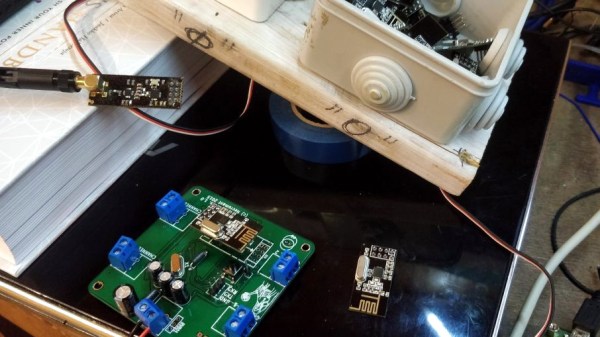If you build your own devices or hack on devices that someone else has built, you know the feeling of opening a serial terminal and seeing a stream of sensor data coming from your device. However, looking at scrolling numbers gets old fast, and you will soon want to visualize them and store them – which is why experienced makers tend to have a few graph-drawing and data-collecting tools handy, ready to be plugged in and launched at a moment’s notice. Well, if you don’t yet have such a tool in your arsenal, listen to this 16-minute talk by [Alex Whittemore] to learn about a whole bunch of options you might not even know you had!
For a start, there’s the Arduino Serial Plotter that you get for free with your Arduino IDE install, but [Alex] also reminds us of the Mu editor’s serial plotter – about the same in terms of features, but indisputably an upgrade in terms of UX. It’s not the only plotter in town, either – Better Serial Plotter is a wonderful standalone option, with a few features that supercharge it, as [Alex] demonstrates! You don’t have to stop here, however – we can’t always be tethered to our devices’ debugging ports, after all. Continue reading “Supercon 2022: [Alex Whittemore] On Treating Your Sensor Data Well”

